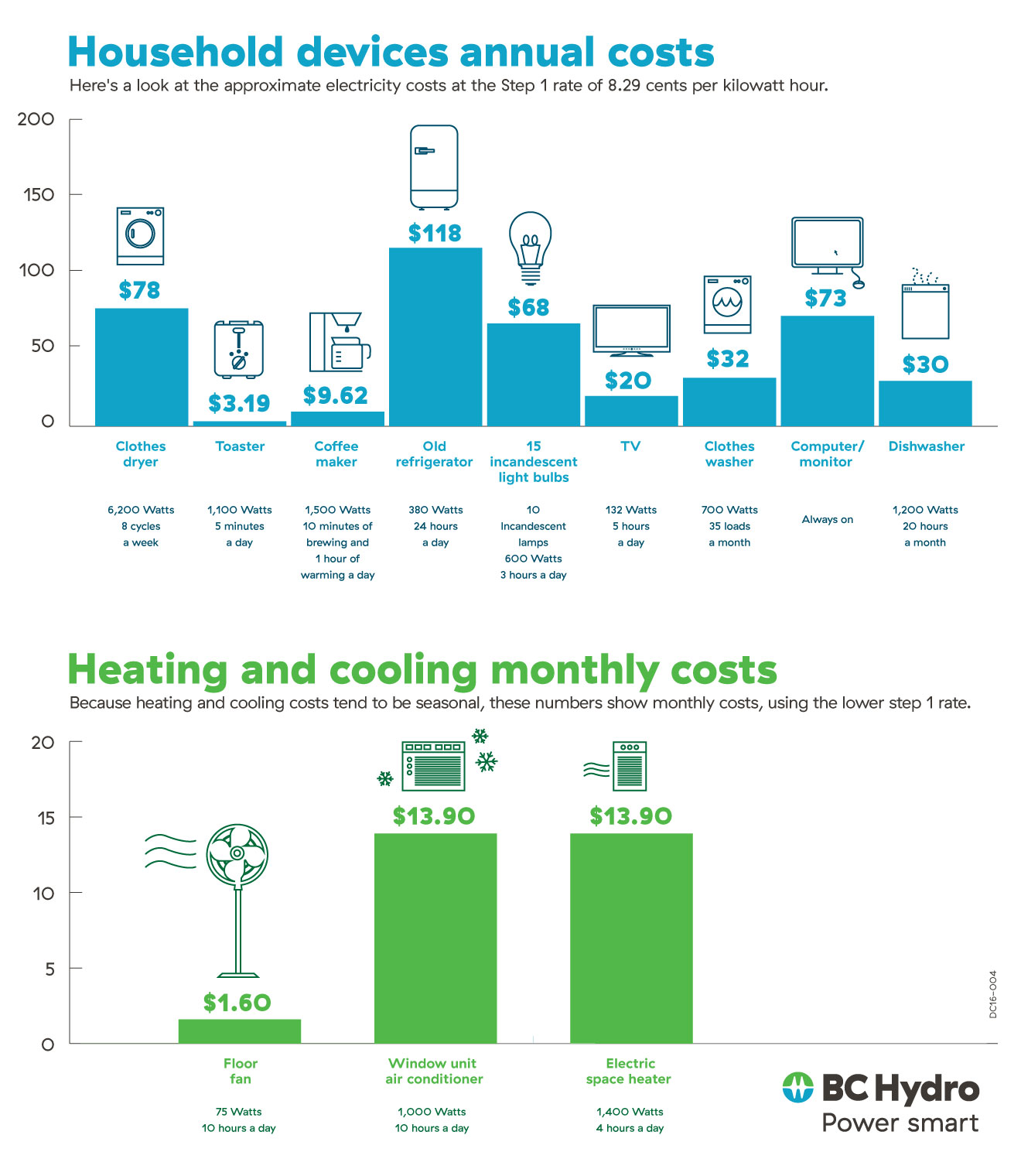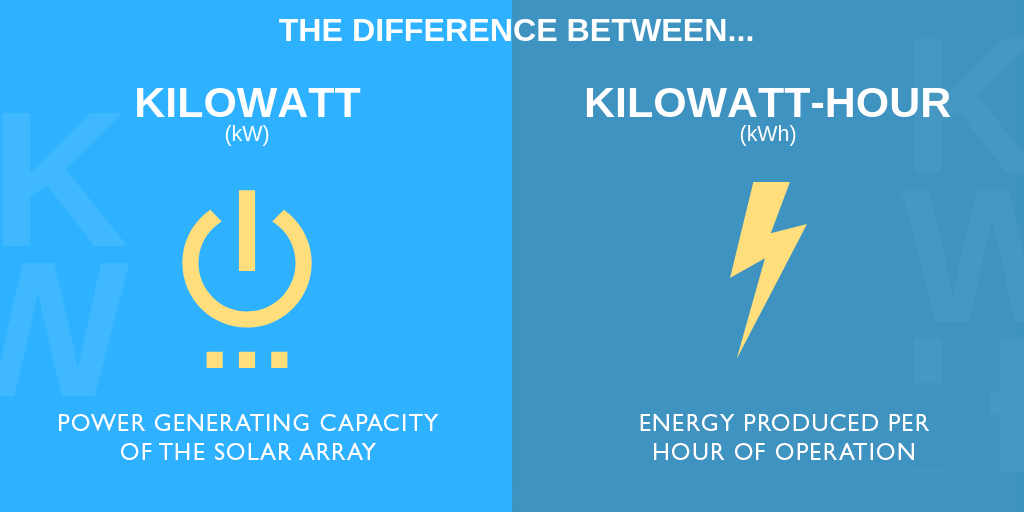Table Of Content

UK household electricity use has been dropping over the last few years1, largely because we have more energy-efficient appliances. Smaller houses, better-insulation and warmer winters also play a role. According to the Department for Business, Energy & Industrial Strategy (BEIS), the average household uses 3,509 kWh per year2. At Renogy, we pride ourselves on designing, building, and supplying the best solar equipment that we can. You can find our award-winning products in RVs, vans, houses, cabins, remote equipment installations, and so much more. If you are looking for large-scale home energy storage solutions, our Lycan 5000 power box is exactly what you need.
Do Pool Pumps Use a Lot of Electricity?
This way, your panels can produce enough power most days of the year, even when your energy consumption is high. It’s important to know how much power your solar panels produce so that you can properly size your system. The amount of power a solar panel generates depends on its type, efficiency, and the angle at which it’s installed. Experienced solar installations will build a solar panel system that aligns with your typical energy usage. Even if your system is slightly overpowered, you can use solar batteries to save energy for later use.
Air conditioning use is now common in most homes
How Many Solar Panels Do I Need For My Home In 2024? - EnergySage Blog
How Many Solar Panels Do I Need For My Home In 2024?.
Posted: Wed, 24 Apr 2024 12:00:00 GMT [source]
Finally, dishwashers that have a heat option to dry the dishes tend to use more energy than those that only have an air-dry option. Larger televisions will naturally consume more power than smaller ones, and high-definition TVs and OLED TVs will draw more power than less-advanced models. It’s also important to remember that smart TVs continuously connect to the internet and run software updates, so they consume more power than TVs that don’t connect to the internet. TVs draw power when they are turned off, and although the draw is significantly less than when they’re turned on, they will still contribute to your utility bills. Now that you have a handle on how many kWh does a house use and how your own average kWh usage per month compares, you are ready to put ways to save energy in your home into action. How much energy does your home use vs. the average kWh usage per day for the average home?
How Much Electricity Does a TV Use?
Yes, pool pumps consume more electricity in a year than any other common household appliance. Not only do they use more energy overall, but they also run for just five months of the year on average, meaning the per-hour amount of electricity used is also extremely high. Homes with more residents will naturally use more hot water for washing and bathing, so energy consumption will increase with the number of people in your home. Water heaters also work harder when incoming water is colder, so your consumption will be higher if you live in a colder climate than it would in a hot climate. The average shower length can also affect how much energy your tankless water heater uses. This is lower than many household appliances, but they’re also used for longer than many appliances per day.
An example of a state with high energy usage is Louisiana, where residential homes use an average of about 1,192 kWh of electricity per month. Louisiana’s hot summers cause homeowners to crank the air conditioning, eating up a bunch of electricity. It’s tricky to be precise with daily usage, because it depends on various factors – such as whether it’s midweek or weekend, how many people live at home, and the number of appliances in use, etc. Darker, colder months mean higher energy bills than in summer, for example.
The Residential Energy Consumption Survey (RECS) accounts for household-level electricity end use, which includes electricity sales and consumption from on-site PV systems. An improperly sized solar panel system (or any power system) compromises your home's efficiency, which can result in unnecessary energy consumption, higher utility bills, or even power outages. Understanding your home's power requirements helps you to take full advantage of things like your solar system, HVAC, or portable generator. In this article, we break down the typical energy use of different electrical appliances to help you determine the number of watts your whole house might require. For the average household electricity use across the US we use the rolling updated 12 months electricity use published by the EIA, which means the data is very fresh, only about 3 months behind. Therefore, if its July right now, the data shows the 12 month electricity consumption up until Apr only 3 months ago.
Save on electricity by going solar

Energy usage can vary widely from state to state for various reasons, from local climates to average house size. According to the Energy Saving Trust, an average home can spend £35 a year, just by leaving appliances on standby. To find out more about how you can benefit from a dual fuel tariff, or get the low-down on all the various other types of energy tariffs, check out our handy guides. And for more detailed info on average UK electricity and gas bills, this is the guide for you. Ofgem, the UK’s energy regulator, has produced the following Typical Domestic Consumption Values (TDCVs)for 2023. These estimates show how much electricity a UK home uses in average a year.
How much does it cost to run a tumble-dryer?
To estimate your specific home’s usage more accurately, use an online kWh calculator. Input details like square footage, occupancy, and energy behaviors. Letting your energy contract expire instead of switching can be costly, but changing electricity providers is easy. If you’re looking to purchase a generator to power your home, determining the number of watts the generator will need to run all your appliances can be a daunting task.
Do Window AC Units Use a Lot of Electricity?
Efficiency indicates the amount of sunlight your panels can absorb and convert to solar energy. The higher a panel’s efficiency rating, the better its power production. Monocrystalline panels have high efficiency ratings of 15% to 21%. The electric current is converted from direct current (DC) energy by the panels to alternating current (AC) energy by the solar inverter. The converted electricity moves to your electrical panel and to your outlets. The current’s strength depends on the sun’s intensity and the solar panel’s size.
This is when most people are cooking dinner, switching on lights, watching TV, and using various appliances around the home. Again, it’s based on the size of the house, number of occupants, insulation levels, and even bill payment methods. Paying by Direct Debit, for example, is cheaper than paying by prepayment meter.
ENERGY STAR is a U.S. government-backed system that certifies how energy-efficient appliances are. Appliances with a better-than-average performance and that meet the criteria in their category are labeled "ENERGY STAR certified". ENERGY STAR appliances cost less money to run, given that they are more efficient with the electricity they use.
For example, when designing a solar panel system for your home, it is important to know how much electricity your house uses. Larger appliances like air conditioners and heaters consume more power, increasing a home’s overall power requirements. Our household electricity use has been 2,000 kWh each of the last few years, which means it is about 700 kWh per person. We benefit from not using electricity for heating or cooling, although our electric oven is a big source of demand.

The auditor will check your windows and walls to determine if there’s anywhere temperature regulated air from inside the house could be leaking out. As you can see, the normal kWh daily power usage for US households ranges between about 20 and 40 kWh per day. 50 kWh per day, for example, is an-above average daily kWh home usage. To find the monthly kWh usage you would use this formula for every appliance in your house that uses electricity like your refrigerator, microwave, washer and dryer, AC unit, heater, etc. No matter how well you plan and how much energy you save, sometimes the weather will win. If it’s the middle of summer in a heat wave, your AC will have to work overtime to keep your house cool.
According to the energy use chart, a laptop computer typically uses 50 watts and will cost less than a penny an hour to run. The power needs of a house at any instant then is on average 1.2 – 2.3 kilowatts. Tankless water heaters have been around most residential homes for a while now. That is why it is wise to minimize appliance usage wherever possible. Census data, the average size of a single-family home is 2,261 square feet.

No comments:
Post a Comment